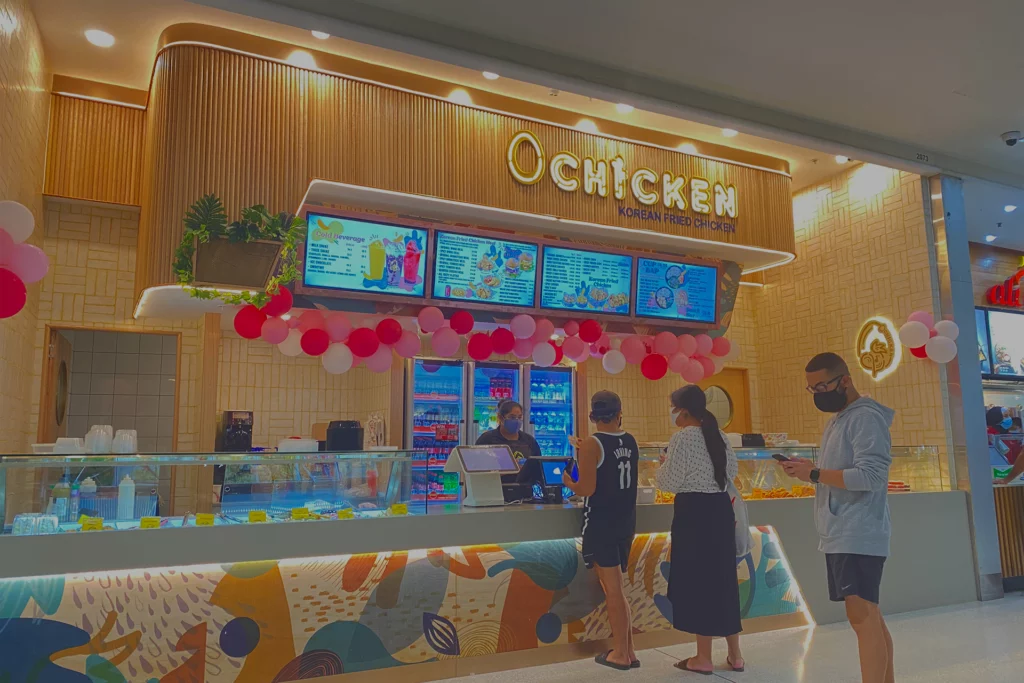When it comes to frying chicken, achieving the perfect balance between a crispy exterior and a tender, the juicy interior can be a culinary challenge. One factor that may influence the outcome is whether the chicken should be at room temperature before frying. In this article, we will discuss the pros and cons of bringing chicken to room temperature before frying, as well as the impact it may have on food safety and cooking results.
Benefits of Room Temperature Chicken for Frying
- Even Cooking Allowing the chicken to come to room temperature before frying can promote more even cooking. Chilled chicken may cook unevenly, resulting in an overcooked exterior and an undercooked interior. By giving the chicken time to warm up, you can achieve more consistent cooking results and prevent the need for extended frying times that could lead to a dry or greasy texture.
- Faster Cooking Time When chicken is at room temperature, it will cook more quickly, as the heat does not need to penetrate as deeply to reach the center of the meat. This can help prevent overcooking the exterior while waiting for the interior to reach the desired temperature, ultimately preserving the tender, juicy texture of the chicken.
- Improved Batter Adherence Cold chicken can cause the batter or breading to contract, leading to a patchy or uneven coating. Room-temperature chicken allows the batter or breading to adhere more consistently, resulting in a uniform, crispy crust.
Food Safety Considerations
While there are benefits to allowing the chicken to come to room temperature before frying, food safety is a crucial consideration. Raw chicken can harbor harmful bacteria, such as Salmonella and Campylobacter, which can cause foodborne illnesses. The USDA recommends keeping perishable foods, including raw chicken, at a safe temperature to minimize the risk of bacterial growth.
The danger zone for bacterial growth is between 40°F (4°C) and 140°F (60°C). If raw chicken is left out at room temperature for an extended period, it can enter this danger zone and potentially become unsafe to consume. To minimize food safety risks, it is essential to limit the time chicken is allowed to sit at room temperature.
Guidelines for Safe Chicken Preparation
- Minimize Room Temperature Time If you choose to bring your chicken to room temperature before frying, limit the time it spends out of the refrigerator to no more than 30 minutes. This should provide enough time for the chicken to warm slightly, while still minimizing the risk of bacterial growth.
- Use a Meat Thermometer Using a meat thermometer is crucial for ensuring that your fried chicken reaches a safe internal temperature of 165°F (74°C) before consumption. This will help to kill any potentially harmful bacteria that may be present.
- Practice Proper Food Handling To further reduce the risk of foodborne illness, always practice proper food handling techniques when working with raw chicken. This includes washing your hands with soap and warm water before and after handling raw poultry, using separate cutting boards and utensils for raw and cooked foods, and promptly cleaning and sanitizing all surfaces that come into contact with raw chicken.
In conclusion, allowing the chicken to come to room temperature before frying can provide benefits in terms of even cooking, faster cooking time, and improved batter adherence. However, it is essential to balance these benefits with food safety considerations to minimize the risk of foodborne illness.
By limiting the time your chicken spends at room temperature to no more than 30 minutes, using a meat thermometer to ensure proper cooking, and practicing safe food handling techniques, you can enjoy the advantages of room-temperature chicken while still prioritizing food safety. Ultimately, following these guidelines will help you create a delicious and safe fried chicken that everyone can enjoy.

